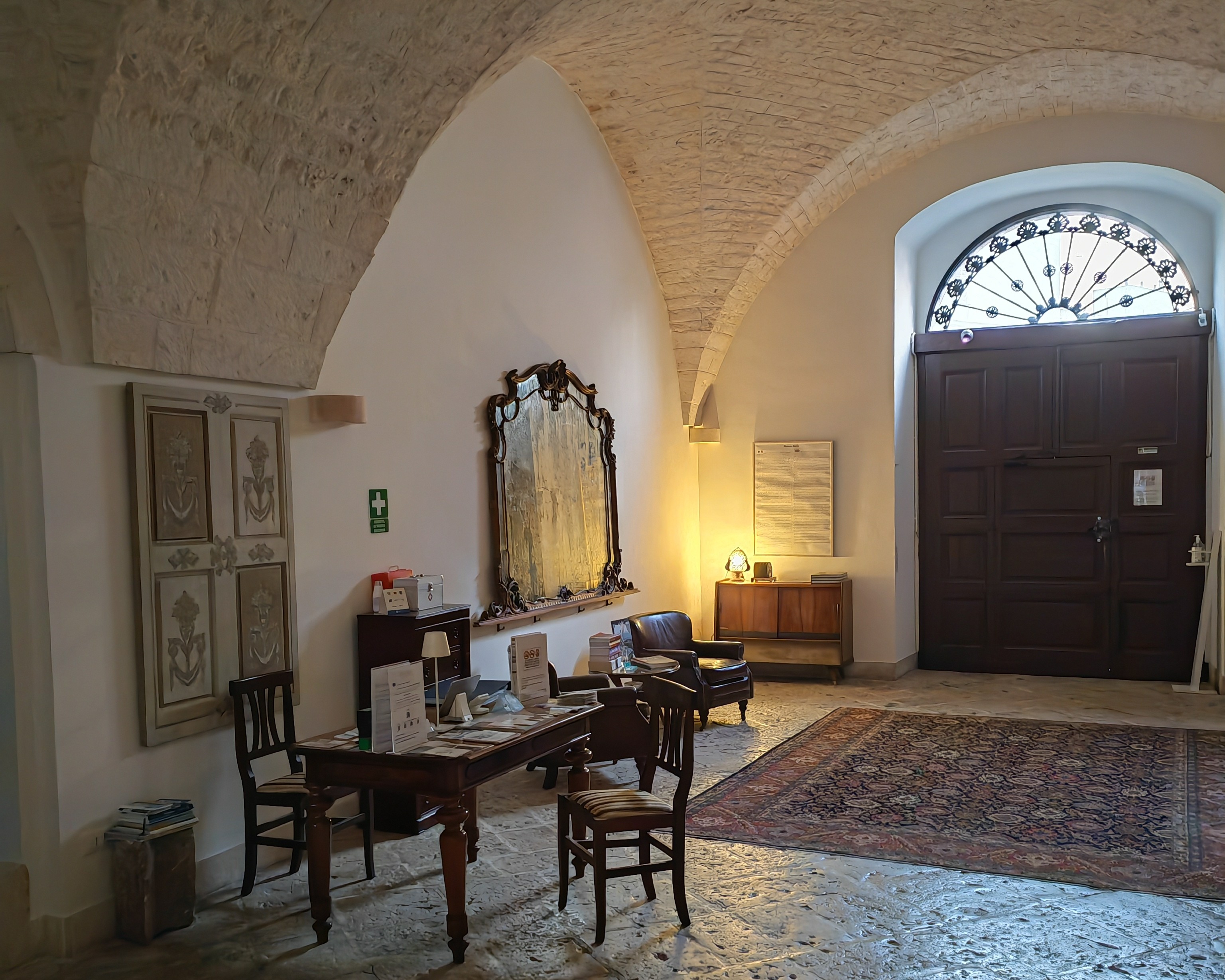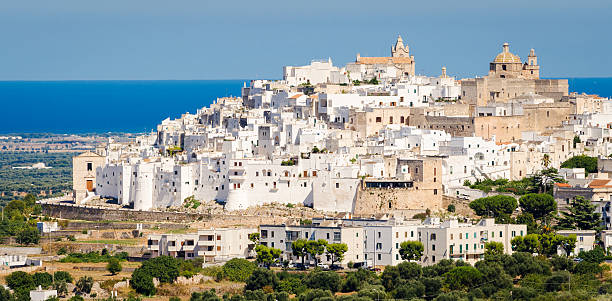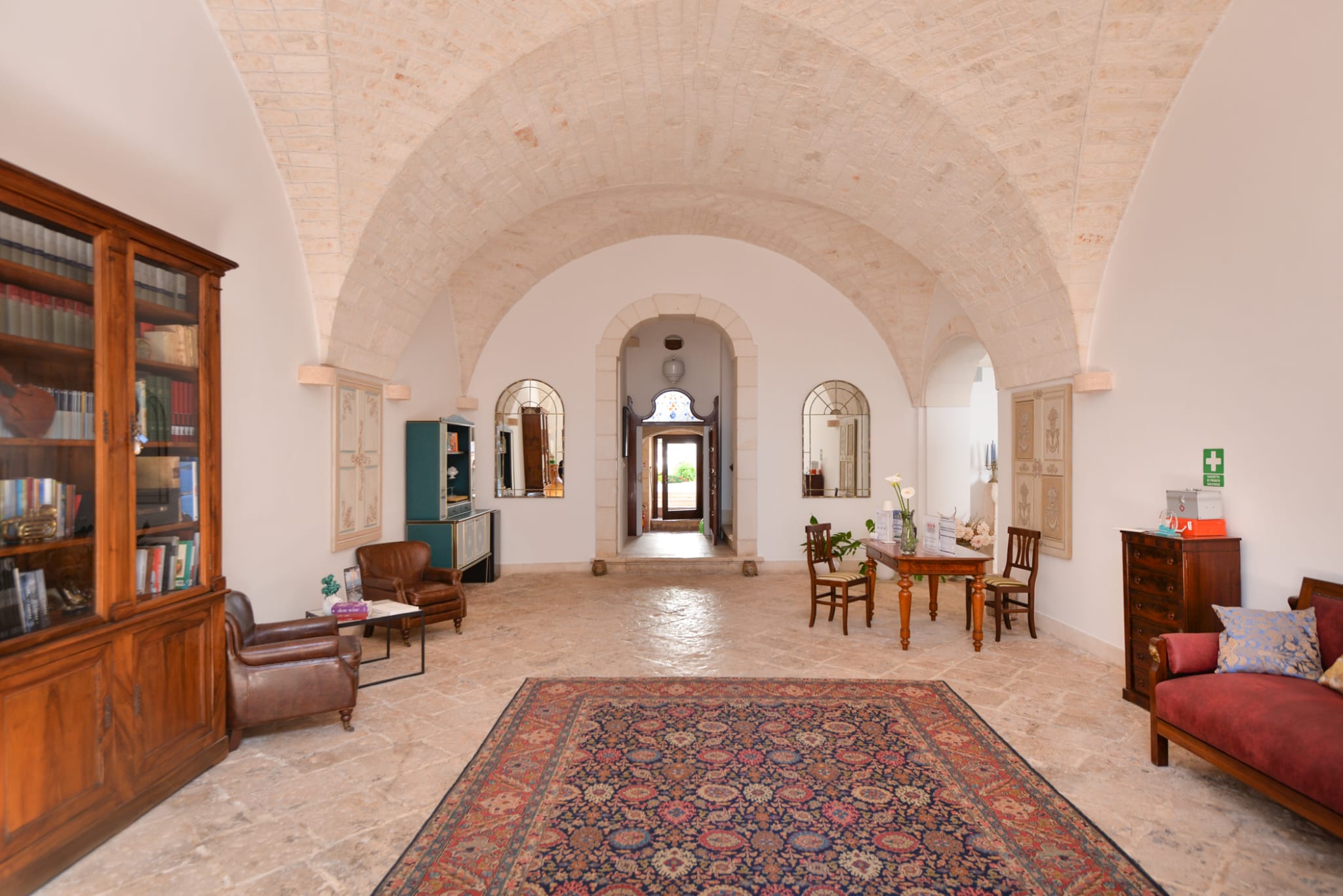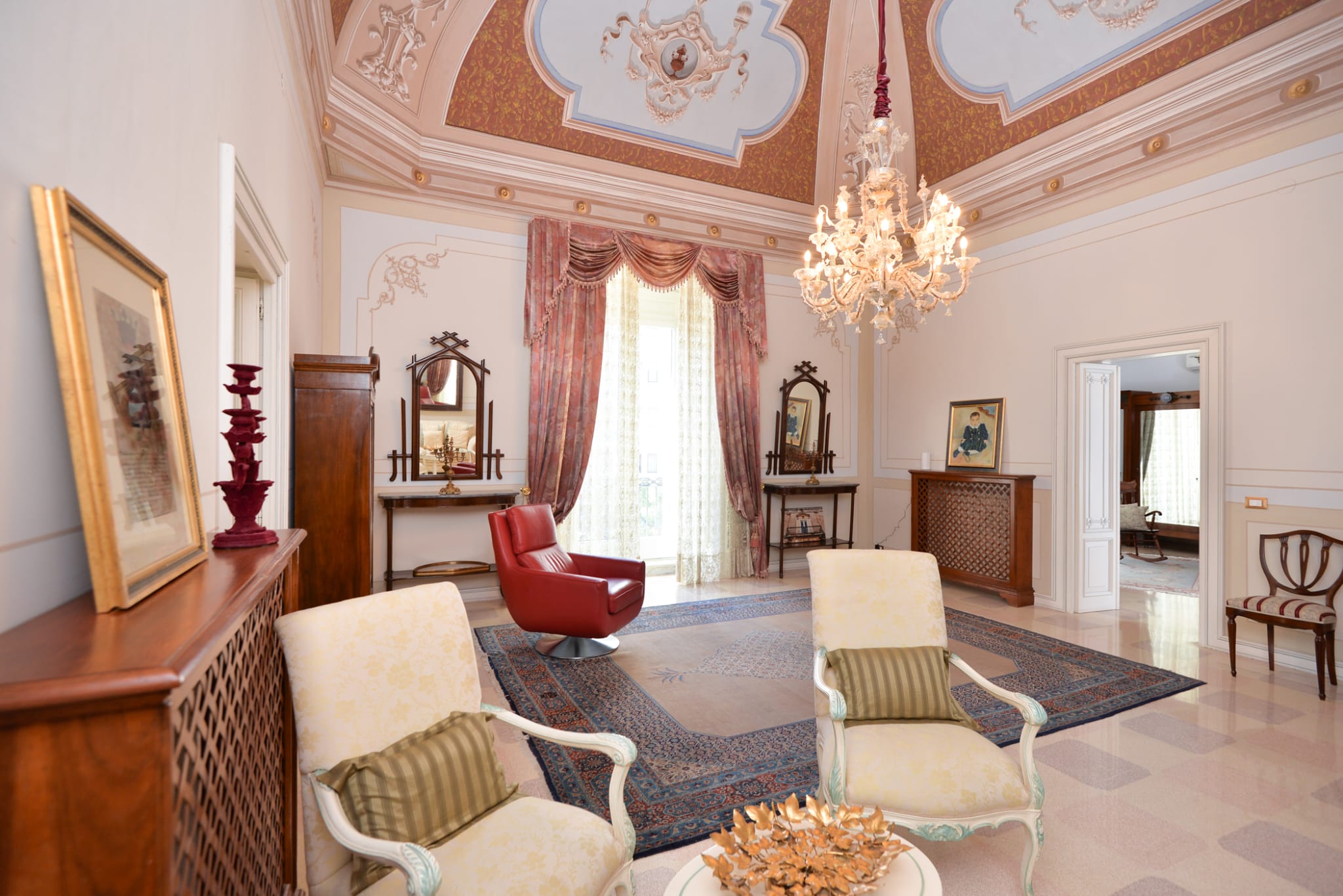THE REGIONAL NATURAL PARK OF THE COASTAL DUNES
Puglia is one of the most complete regions for tourism, from historic cities to visit to more youthful activities. Today we want to talk about a green area that is located a few steps from Ostuni (13 Km), the Regional Natural Park of the Coastal Dunes.
The Regional Natural Park of the Coastal Dunes extends in the territories of Ostuni and Fasano, from Torre Canne to Torre San Leonardo on about 1,100 hectares, about 9 km of coastline and goes towards the plain of ancient olive trees. In the Park there are numerous habitats of naturalistic interest, from long dune-covered cords covered with rare juniper-like vegetation (with some monumental specimens of 500-600 years) to the retrodunal ponds, salicornieto and giuncheto environments (classified as habitats of community interest) , which host numerous migratory birds and which play an important role for the reproduction or the resting of rare species of migratory birds mainly aquatic, which transit on the Adriatic. In the sandy bottoms, starting from 10-12 meters of depth, the prairies of Posidonia oceanica extend, a marine plant present only in the Mediterranean, comparable, for many functions, to tropical forests. Its presence is an indication of excellent quality and cleanliness of the water.
From the back-dune ponds, through a series of paths, we reach the fossil dunes with pseudo-steppe vegetation and beautiful blooms of wild orchids and the hinterland agricultural areas affected by the presence of monumental centuries-old olive groves, many of which have the same age as the street. Traiana, an important Roman way of communication, dating back to 109 AD This road crosses the entire olive grove of ancient Egnazia in the territory of Fasano up to Ostuni and proceeds towards Brindisi until reaching the Roman columns of the ancient port. The area is accessible through a system of paths and passageways suspended between the ponds and the basins of ancient aquaculture facilities, including the River Tavernese, Fiume Piccolo, Fiume Grande and Fiume Morelli. Fiume Morelli represents a system of large retrodunal coastal ponds of great interest. The area is equipped with bridges, benches and paths from which you can visit the area in safety. From an observation hut it is possible to observe the different species of migrating birds parked and, from the paths, admire the system of sand dunes along the coast crossing beaches of rare beauty. In the Park area the olive cultivation has remote origins, as evidenced by the so-called “planted” plurisecolari (land parcels affected by the monoculture of the olive tree), which distinguish an agricultural landscape that for its peculiarities is not found in other parts of the world. The historic olive grove represents a semi-natural environment, which has remained intact for centuries. Cultivated extensively, it presents 50-60 plants per hectare, arranged randomly according to the original position of the olive tree, a spontaneous species of the pre-existing Mediterranean maquis, then grafted to obtain the sativa olive tree. Even the dense network of dry stone walls is part of the semi-natural landscape. They are often accompanied by the last patches of Mediterranean scrub and oaks that once populated the plain of ancient olive trees.
The extensive olive groves made it necessary to work on site, which took place inside the numerous underground mines excavated in the subsoil. There are many hypogean mills obtained in the natural cavities modeled by the man on the sides of the ancient Via Traiana. Many are of Roman origin, often modernized in the Middle Ages. They continued to work until the mid-1800s when they were replaced by the more functional and productive epigines. More than 100 hypogean mills have been surveyed only in the Ostuni countryside. The proximity to this ancient road allowed the transport of the “liquid gold” to the commercial ports of Salento, and this explains why so many oil mills are scattered along its path. Many of these have been brought to light, thus rediscovering their ancient splendor, and are currently open to visitors. Many of them are located in correspondence of fortified farms built from the 16th century. in order to guard them. In the past, the term masseria indicated a set of rustic funds, linked to a single owner, not necessarily equipped with buildings. After the ‘600, the farm began to be not only a production center but also a housing settlement. Although small, it was a self-sufficient core. Usually the farm, along with its cultivated lands and pastures, is fenced by dry stone walls; inside there are often a court, wells, stable, sheep and jazzo, storage for foodstuffs, millstones, paved to “beat” the grain, stone basins for the watering of livestock, the oven, the citrus grove, the broth for grazing horses and cattle, and often the church. Most of the farms are located near the blades (ancient fossil rivers, with torrential character) where, along the rocky slopes, hypogea, sheepfold and jazzi mills were built. These territories, characterized by the presence of millennial olive groves, are one of the most ancient cultural landscapes of the Mediterranean, the undisputed symbol of Puglia. The Via Traiana can be considered “the leitmotif” of this landscape, given that a large number of these historical-cultural testimonies developed over the centuries along its route: rock settlements, Roman and medieval hypogeum oil mills, a system of historic farms seventeenth-century, Byzantine rock settlements with numerous places of worship, but also dry stone walls and terraces, all determining in shaping this landscape.
Even the blades strongly characterize this territory. Fossil rivers originated by the erosive action of the meteoric waters that flow from the slopes of the Murge to the sea inside. They are characterized by lush, spontaneous vegetation that offers shelter to numerous animal species: real treasure chests of biodiversity. Along the walls of the blades are caves that represent the oldest places of human attendance of this part of Puglia. Here man has left many testimonies, such as richly frescoed places of worship, houses, places for the transformation of oil and shelter for animals, real rocky villages. In the area of the Parco Dune Costiere there is also a monument of the megalithic civilization, an enormous stone building dating back to the Bronze Age of the 2nd millennium BC: the Dolmen of Montalbano. Ancient evidence of the presence of populations that led to the construction of dolmen throughout Europe although with a higher concentration only in some regions such as Puglia and Sardinia. They are also referred to as mound tombs as they were initially covered with soil and stone that gradually eroded over time.







